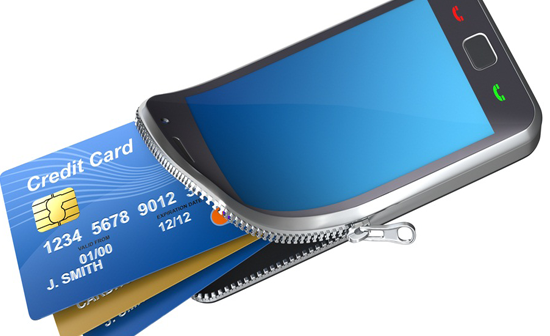With smartphone penetration in the UK at 60% and rising, is the much talked about ‘Mobile Wallet’ the way we’ll pay in 2013? Latest research from ICM Research suggests that Mobile Wallet is very unlikely to take off this year and here’s why:
1.  The market simply isn’t ready
ICM’s research carried out in the run up to Christmas 2012* discovered that contactless payment – which many consider the entry point for Mobile Wallet – is still very much in its infancy. Whilst consumer awareness is high at 80%, only 8% of people actually make contactless transactions. The reasons for this mirror the barriers to Mobile Wallet take up. Firstly, a lack of retailer support with few terminals and little or no in store promotion. Secondly, widely held consumer security concerns have not been addressed. What happens if I lose my mobile? What happens when my phone runs out of battery? These concerns need to be addressed if Mobile Wallet is to take off in the big way we’ve been led to expect.
2.  Smartphone users aren’t that tech savvy
Smartphone penetration is growing yet many smartphone users aren’t tech savvy. M-Commerce is certainly popular, but relatively few transactions happen via the mobile handset. The responses we had from consumers about security concerns, and their willingness to accept pin numbers and other measures that go against the somewhat casual ‘wave and pay’ ethos of contactless paying highlight that there’s more work to be done to promote Mobile Wallet than simply increasing smartphone penetration.
ICM also believes that brands also aren’t doing enough to connect with their customers using the mobile tools we know they are already comfortable with, particularly apps. In the run up to Christmas ICM found only one high street retailer utilising apps specifically designed to help with Christmas shopping – a real missed opportunity.
3.  NFC isn’t keeping up
There simply aren’t enough NFC** enabled smartphones which means many people can’t yet make contactless payments by mobile even if they wanted to. A major barrier to take up in 2013 is that smartphone users tend to be tied into long contracts, and people won’t break their contracts just to get an NFC enabled device.
Key findings from the research:
- A third (34%) of consumers would definitely or probably use their mobile as a wallet to make payments, collect vouchers, to use as event tickets and on public transport
- This figure rises to 46% when asked just to smartphone owners, with younger people more likely to do so, especially 18-24 year olds at 55% and 25-34 year olds at 49%
- The figure increases again when an incentive is offered: 51% would use Mobile Wallet if they got a discount for doing so
- More than half of consumers (51%) would use Mobile Wallet if their worries about security were addressed
- 10% of people have lost either their wallet or purse or in the last 24 months (mainly 18-24 year olds). 55% of us would worry more if we lost our wallet/purse than our mobile – so were all that information in one place, people’s concerns are understandable
- Consumers are ready to accept a range of security measures to gain confidence in Mobile Wallet – including a bank/mobile provider guaranteeing any financial losses (56%), to entering a PIN on every transaction (43%) or after a number of transactions (37%), being able to shut the mobile down remotely (40%), setting a daily cap on spending (34%), facial recognition (33%) and voice recognition (24%) on the mobile handset.
What needs to happen in 2013 for Mobile Wallet adoption?
Jamie Belnikoff, Associate Director at ICM Research who led the research concludes: “Mobile wallet is about more than just paying: it allows consumers to manage their vouchers and discounts, loyalty cards, event tickets and public transport passes all in one place. Whilst people appreciate these advantages, they expect a range of incentives and benefits to get them to pay this way. However even with this encouragement, their genuine security concerns – and as we’ve seen in our recent research into contactless payments, – the lack of terminals in shops and absence of in-store promotion are also preventing broader consumer take-up.
Google Wallet, Apple’s Passbook, Oyster cards and other transport passes, as well as contactless ‘wave and pay’ cards are stepping stones that will encourage early adopters to convert to Mobile Wallet. The market needs to combine incentives with added security measures and communicate them widely if it is to build consumer confidence that will help drive the adoption of Mobile Wallet.
We also believe there is a huge opportunity for brands and especially retailers to develop their mobile offer – without the need for investment in terminals, staff training and in-store promotion. We urge both brands and retailers to maximise this opportunity as a great way to engage with consumers in 2013.â€
Infographics available: contactless payment, and mobile wallet




